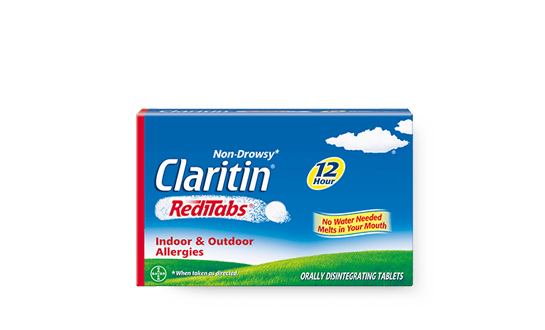What You Need to Know About Pet Allergens
Pet allergies are commonly triggered by exposure to the dander (dead skin cells) a pet sheds, or by being in areas where they relieve themselves. Even saliva from your sweet pet’s smooch can cause your allergies to flare.
How to Help Reduce Pet Dander Exposure
Just because you’re allergic to your pets, it doesn’t mean you always have to avoid them. Here are some tips to help reduce your exposure to pet allergens in your home.
REFERENCES
- Pet allergy: Are there hypoallergenic dog breeds? Mayo Clinic. Accessed March 24, 2020.
- Pet Dander. American Lung Association. Accessed March 24, 2020.











